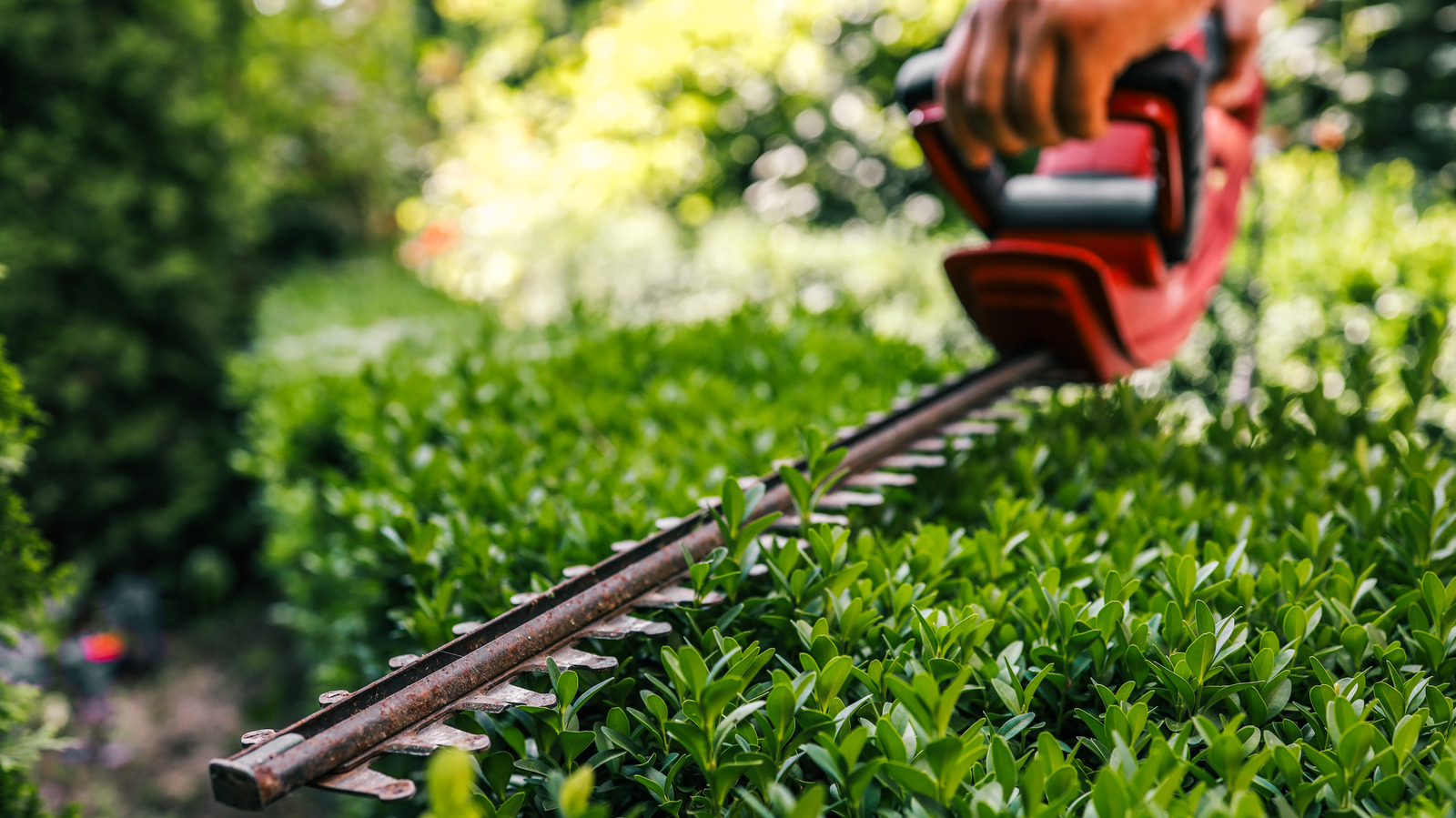Copyright SlashGear

Keeping your yard in tip top shape involves the undertaking of dozens of smaller jobs that go along with the major ones like mowing your grass. Some of those jobs fall under the category of finishing touches, i.e. the sort of work that can elevate your space from just looking pretty good to looking finely sculpted. And among the more important sculpting gigs in many a front yard is the old trimming of the hedges. As is the case with many-a yard task, most of the major power tool manufacturers make a specific device for that particular job. And yes, that device is indeed called a hedge trimmer. Now, if you have lots of bushes and hedges in your yard, a hedge trimmer is about as necessary a tool as you can have in your arsenal. But if you don't, you might be wondering if you can manage the work with a tool you already have on hand, like, say, a chainsaw. In theory, a chainsaw should be a solid substitute for a hedge trimmer, as it's a cutting device of a similar size and shape. But chainsaws are not ideal for this task, as the chain design is not ideal for precision cutting. To that end, a chainsaw will likely leave a hedge looking less polished than a proper trimmer, whose oscillating head and wide-toothed, scissor-like design is intended to leave tidy, level edges. According to some, chainsaws may also be dangerous when pressed into hedging action. That being said, there is at least one hedging job that your actual hedge trimmer or hedge cutter may not be suitable for. After all, the wide-toothed design of those devices is largely intended to manage either light growth in your hedges, or slightly thicker, more mature patches of growth you encounter. But as it is, neither is particularly well-suited to the cutting of heavier limbs that you may encounter in certain types of hedges, such as Azaleas. So, you may well need a small chainsaw or a handheld pruning chainsaw from one of the top cordless yard tool manufacturers to manage those heavy cuts. Now that you know which tools you need to use in your next hedging venture, there are a few other tips you'd be wise to follow to keep your hedges looking clean and sculpted throughout your green space. For instance, to ensure the overall health of your hedge, it's best not to overdo it with the trimming. According to some, it may be best to keep the trimming to a couple of times a year, preferably around late Winter to ensure healthy Spring growth or late Summer so they keep a well-sculpted look throughout the Fall and Winter. As for the cutting itself, it's best to take off small amounts of growth at a time, as this will make it easier for you to trim down to the desired height and keep a uniform cut throughout. You should also use a gentle sweeping motion for your cuts whether you're trimming the top or sides of the hedges.



